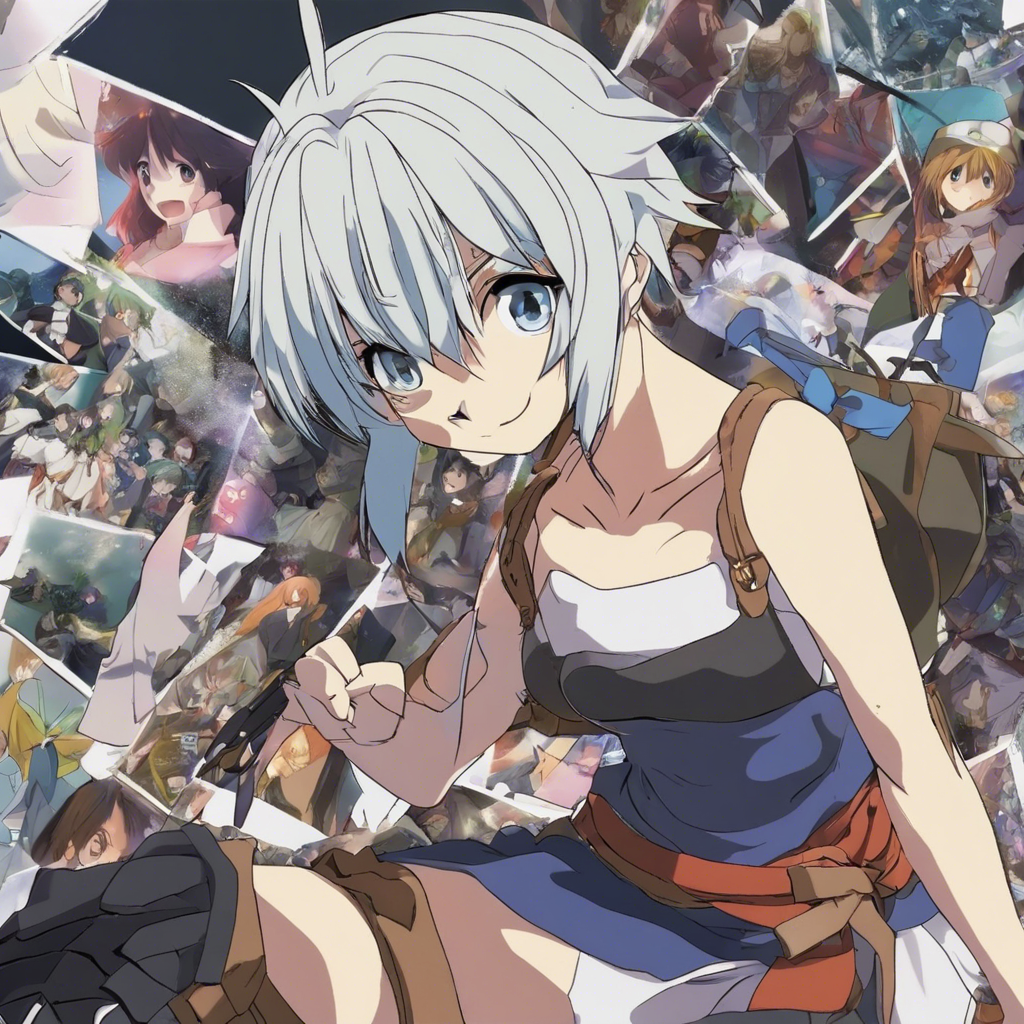Why is anime so expensive to animate?
Why is Anime So Expensive to Make?
Anime, the vibrant and captivating style of Japanese animation, has captured the hearts of audiences worldwide. From iconic classics like “Naruto” and “Dragon Ball” to modern masterpieces like “Attack on Titan” and “My Hero Academia,” anime continues to thrive. However, behind the scenes, the process of creating anime is intricate, time-consuming, and costly. Let’s delve into the reasons why anime production carries a hefty price tag.
1. Labor Costs and Skilled Animators
At the core of any anime production are the animators—the talented artists who breathe life into characters, scenes, and action sequences. These animators work tirelessly to create fluid movements, expressive faces, and dynamic combat choreography. Their expertise is essential for maintaining the visual quality that anime fans expect.
However, skilled animators are not only in high demand but also face grueling work schedules. Many work long hours, often without overtime pay, leading to burnout and turnover. To retain top talent, studios must offer competitive salaries, which significantly contribute to production costs.
2. Quality Materials and Traditional Techniques
Traditionally, anime was hand-drawn on cels (transparent sheets) using watercolors. While digital animation has become more prevalent, some studios still embrace these traditional methods for their unique aesthetic. However, quality materials—such as high-grade paper, ink, and paints—don’t come cheap.
Additionally, creating detailed backgrounds, intricate character designs, and captivating visual effects requires meticulous attention to detail. The process involves multiple layers, each painstakingly crafted. Whether it’s a bustling cityscape, a mystical forest, or a futuristic spaceship, these backgrounds enhance the overall storytelling experience but add to the production expenses.
3. Complex Scenes and Special Effects
Anime episodes often feature intense battle sequences, magical spells, and fantastical transformations. These complex scenes demand extra effort from animators, directors, and visual effects artists. Consider the following factors:
- Fight Choreography: Fight scenes require precise timing, dynamic camera angles, and realistic physics. Animators must meticulously plan each movement, ensuring that punches, kicks, and swordplay flow seamlessly.
- Special Effects: Whether it’s a fireball, a lightning bolt, or a magical transformation, special effects add flair to anime. These effects involve intricate animation, color grading, and compositing.
- Dynamic Camera Work: Anime directors experiment with camera angles, zooms, and pans to create cinematic moments. Achieving this level of visual storytelling demands additional resources.
4. Voice Acting and Soundtrack
Voice actors (seiyuu) play a crucial role in anime. Their performances breathe life into characters, conveying emotions and nuances. Hiring talented voice actors and recording studio sessions contribute to the overall budget.
Furthermore, a captivating soundtrack enhances the anime experience. Composers, musicians, and sound engineers collaborate to create memorable themes, background music, and opening/ending songs. Licensing music can also be costly.
5. Marketing and Distribution
Promoting an anime series involves marketing campaigns, merchandise production, and licensing deals. Studios invest in posters, trailers, conventions, and social media outreach. Additionally, securing international distribution rights and dubbing/subtitling versions for global audiences adds to the financial burden.
Conclusion
Despite these challenges, anime remains a beloved medium that transcends cultural boundaries. Fans appreciate the dedication and passion poured into each frame, even if it means higher production costs. So, the next time you watch your favorite anime, remember the countless hours and resources invested in bringing those characters to life.
Discover more from EMD
Subscribe to get the latest posts to your email.
